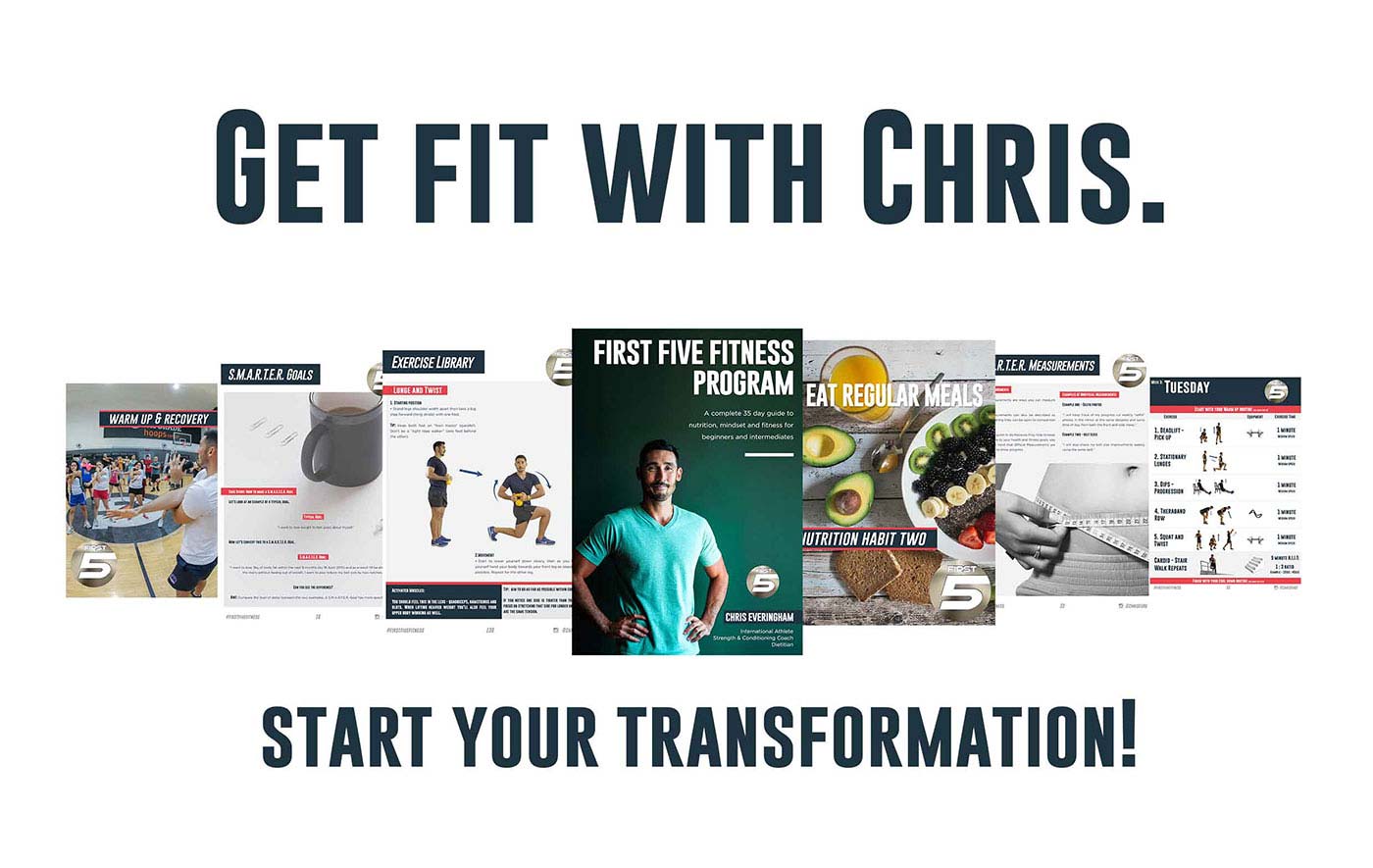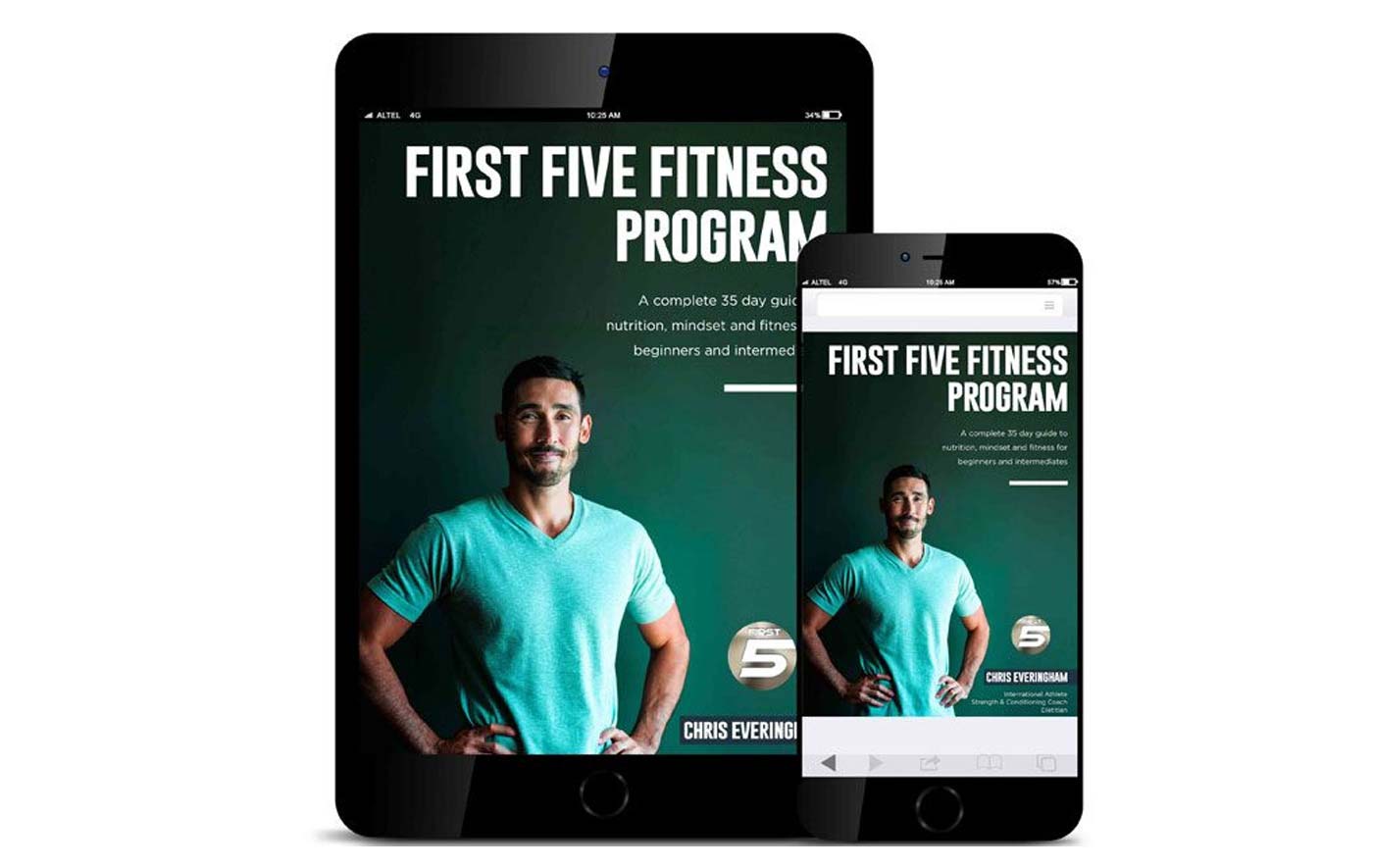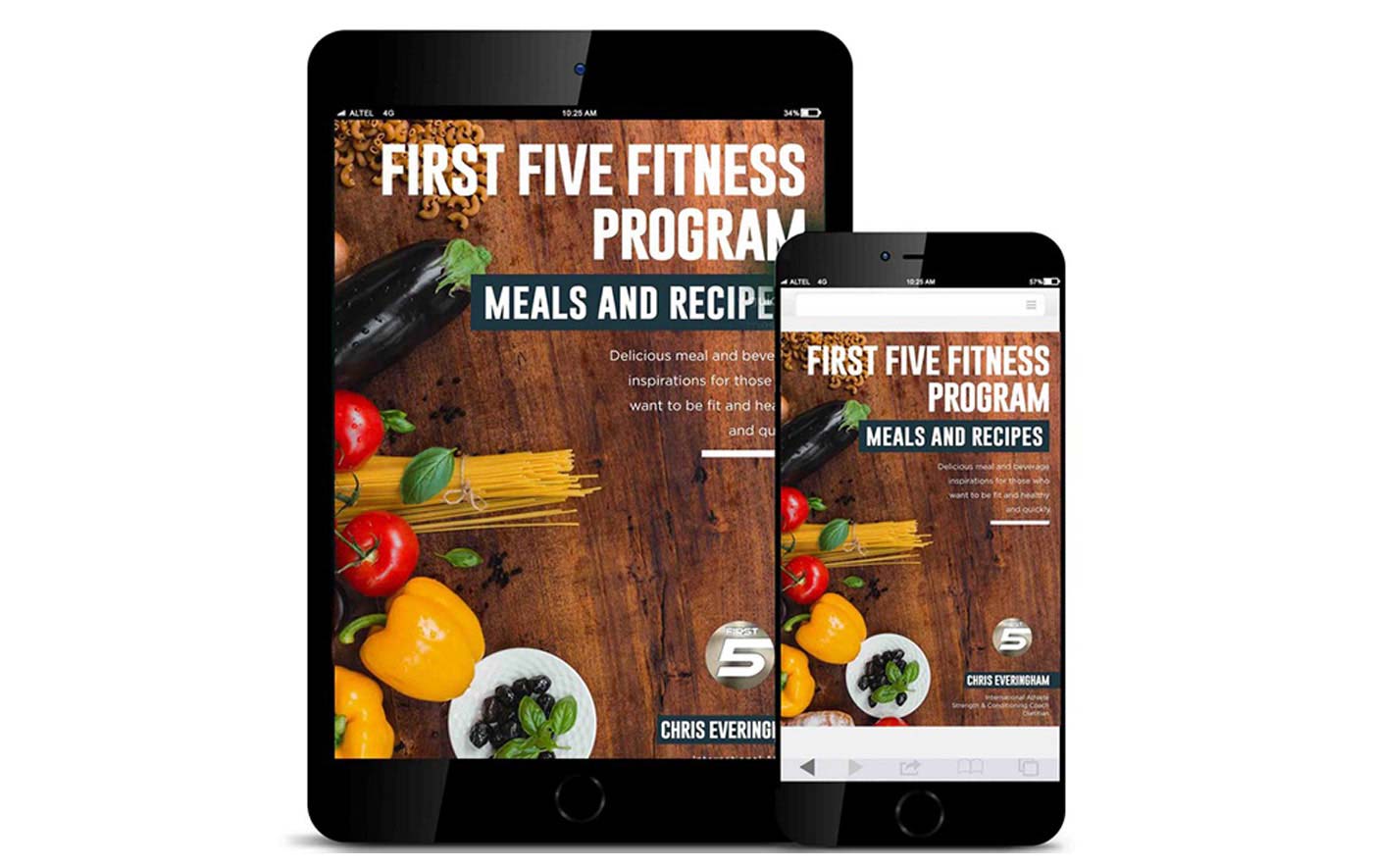
Episode 63 – Amazing tips to avoid portion distortion
If you’re looking to lose weight or improve your health and fitness then it’s important to be aware of the food portions you consume.
Although portion size is often confused with serving sizes, the two terms are actually quite different. Portion size refers to any amount of food served to you. For example, the portion of chicken given to you at “restaurant A” will be a different portion size to “restaurant B”. Whereas, serving size refers to a standardized amount of food based on its nutritional value (e.g. calories, sodium, sugar) and may be based on scientific research or as per the nutritional package of the food product.
While serving sizes will help you to measure your intake, portion sizes may cause you to consume nutritional amounts that are inappropriate or simply in excess for your needs. For example, in countries like the US and Australia, restaurants often serve huge portions. This may sound like value for money, but can be disadvantageous to your health and fitness goals, particularly due to the high calorie content that usually comes with bigger portions.
Try these tips to avoid portion distortion:
- Ask for a small or entrée-sized meal
Choose the smaller option where possible. Small, entrée, kids-sized and lunch sized are usually more appropriately sized.
- Use an entrée-sized plate
The size of your plate will affect how much you eat and how full you feel. Ask for a smaller plate to eat off. Once you feel full, bring the rest home.
- Eat with others
Meals with others can help you to consume less food. It takes about 20 minutes for your body to register that you’re full. When you enjoy food with others, you’ll be more engaged in conversation instead of focused on your food. You’ll eat slower, and as a result, you’ll eat less as well.
There’s 4 other amazing tips to avoid portion distortion. Read on below.






